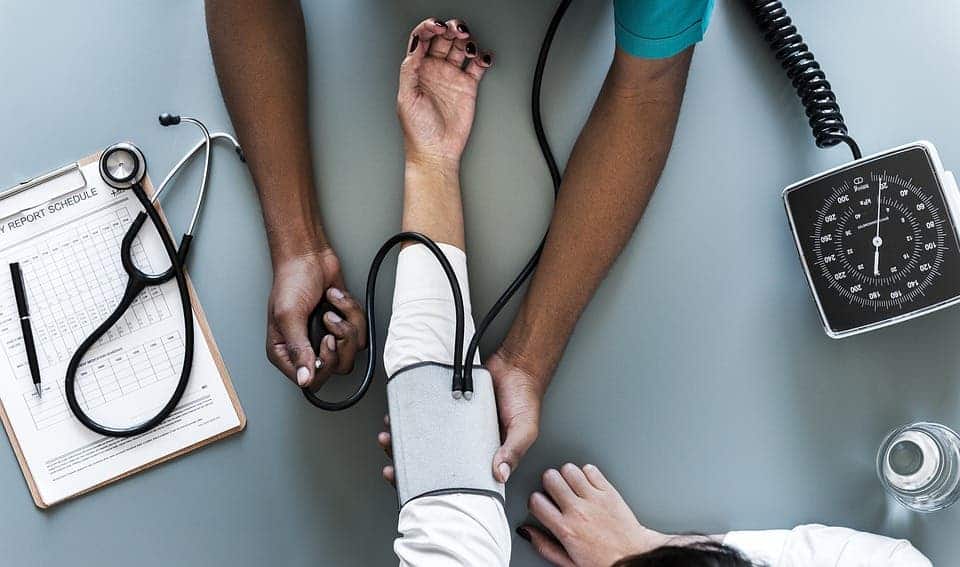Researchers developed new hardware and a smartphone app that can measure blood pressure (BP) as accurately as existing cuff devices.

The team of scientists from Michigan State University (MSU) also found a new, more convenient, measurement point. Stanard measurement devices use the brachial artery as the conventional measurement point, but the team discovered that measuring BP on fingertip arteries was very easy and exact.
“We targeted a different artery, the transverse palmer arch artery at the fingertip, to give us better control of the measurement,” said Anand Chandrasekhar, PhD student at MSU. “We were excited when we validated this location. Being able to use your fingertip makes our approach much easier and more accessible,” said Chandrasekhar, lead author of the study published in the journal Science Translational Medicine.
How does the app work?
The app uses two sensors: one is optical, and one is force. The optical sensor lies on top of the force sensor in a compact unit housed in a one centimeter-thick case attached to the back of the phone. Users turn on the app and press their fingertip against the sensor unit. With their finger on the unit, they keep the phone at heart level and watch the screen to ensure they are applying the correct amount of finger pressure.
“A key point was to see if users could properly apply the finger pressure over time, which lasts as long as an arm-cuff measurement,” said Ramakrishna Mukkamala, professor at MSU. “We were pleased to see that 90% of the people trying it were able to do it easily after just one or two practice tries.”
According to the WHO, raised blood pressure is estimated to cause 7.5 million deaths per year worldwide, about 12.8% of the total of all deaths. High blood pressure is a major risk factor for coronary heart disease and strokes. In addition, complications of raised blood pressure include heart failure, peripheral vascular disease, renal impairment, retinal hemorrhage and visual impairment. Treating systolic blood pressure and diastolic blood pressure until they are less than 140/90 mmHg is associated with a reduction in cardiovascular complications.
The treatment usually requires both lifestyle changes and medication, and only 20 percent of people with hypertension have their condition under control. This new phone app gives patients an advantageous alternative — keeping a log of day by day estimations would deliver an exact BP average, with periodical estimation becoming obsolete, believes Mukkamala. In this way, medication dosage will be better adjusted to each individual.
I think this is great news for all of us. I remember thinking that the incorporated sensor that measures pulse and oxygen saturation found on the back of some smartphones might need new medical updates, including blood pressure measurement. Luckily, this day has come, and the future just became brighter.






